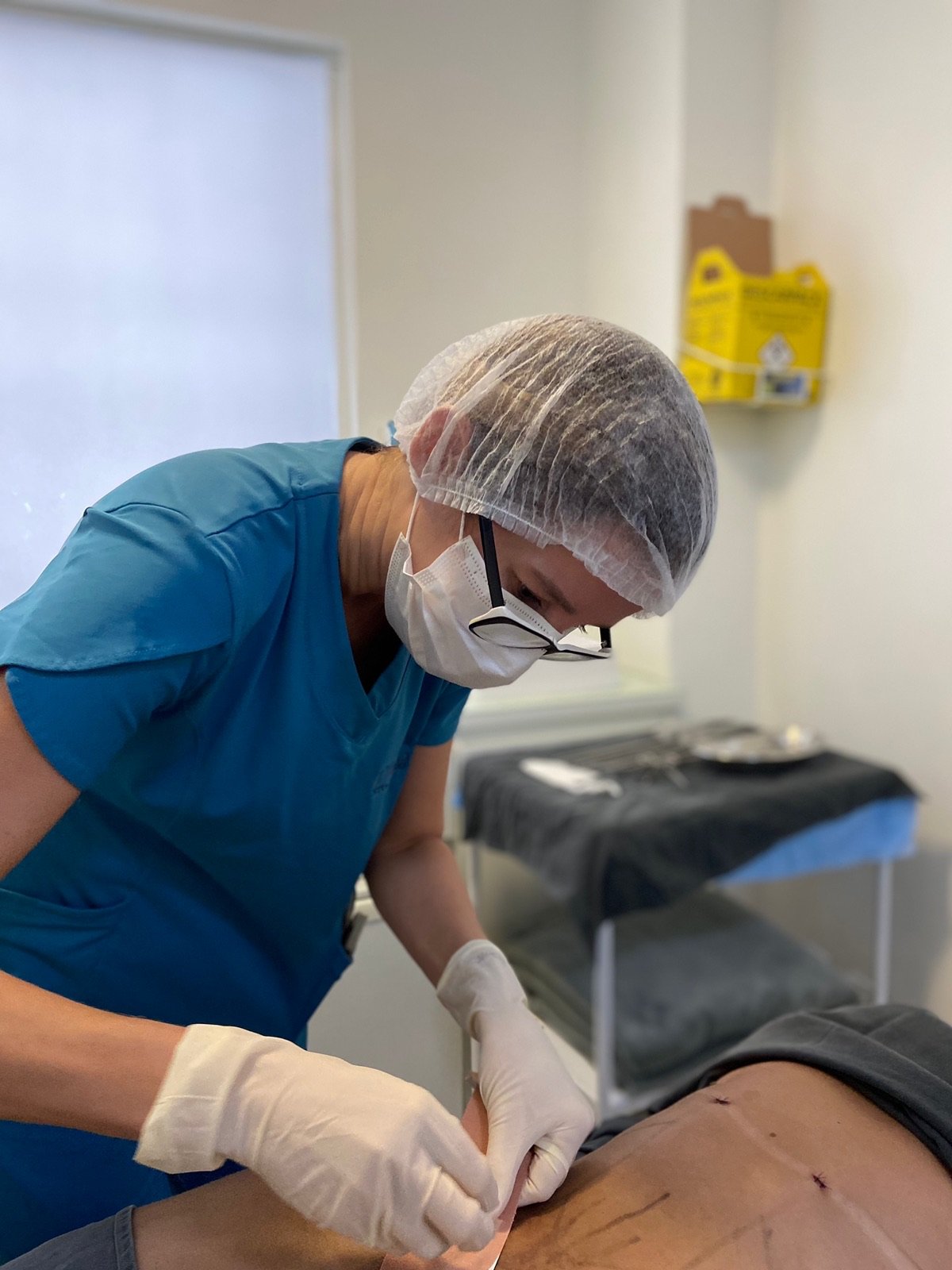What Is Post Surgery Lymphatic Drainage?
Undergoing surgery can be both physically and emotionally taxing. One essential aspect of a successful recovery is effective lymphatic drainage. The lymphatic system plays a crucial role in the body's immune response and fluid balance, making it vital to promote its healing after surgery. In this blog post, we will explore the importance of post-surgery lymphatic drainage massage, its frequency, and helpful techniques to expedite the recovery process.
The Importance of Post-Surgery Lymphatic Drainage Massage:
Post-surgery lymphatic drainage massage is a specialized technique that aims to facilitate the proper flow of lymphatic fluid throughout the body. This gentle and non-invasive massage encourages the removal of toxins, waste, and excess fluid from the surgical site, ultimately reducing swelling, bruising, and inflammation. It aids in improving circulation, promoting tissue regeneration, and enhancing the body's natural healing processes.
How Often Should You Get a Lymphatic Drainage Massage After Surgery:
The frequency of lymphatic drainage massages after surgery depends on various factors, such as the type and extent of the surgery, individual health conditions, and the recommendation of the medical professional. In most cases, patients may begin receiving lymphatic drainage massage within a few days to a week after surgery. Initially, frequent sessions, such as 2-3 times per week, may be recommended to manage swelling and promote healing. As the recovery progresses, the frequency can be gradually reduced to once a week or as advised by your healthcare provider.
Techniques to Help Lymphatic Drainage After Surgery:
a. Light Exercise: Engaging in light, low-impact exercises can stimulate the lymphatic system and improve circulation. Simple activities like walking or gentle stretches encourage lymph flow, aiding in the elimination of toxins and promoting healing.
b. Proper Hydration: Staying well-hydrated is crucial for lymphatic function. Drinking plenty of water helps flush out toxins and ensures that the lymphatic fluid flows smoothly through the body.
c. Compression Garments: Wearing compression garments, as advised by your surgeon or therapist, can help reduce swelling and support the lymphatic system during the recovery period.
d. Elevating the Affected Area: Elevating the operated area helps reduce fluid buildup and facilitates lymphatic drainage. Raising the limb or affected body part above heart level can assist in fluid movement away from the surgical site.
Understanding Post-Surgery Lymphatic Drainage:
Post-surgery lymphatic drainage is a specialized massage technique performed by trained therapists. The therapist uses gentle, rhythmic strokes and light pressure to direct lymphatic fluid towards the lymph nodes, where toxins and waste can be filtered and removed from the body. This process aids in reducing edema, promoting tissue healing, and preventing complications.
Incorporating post-surgery lymphatic drainage massage into your recovery plan can significantly enhance healing, reduce discomfort, and improve overall well-being. Working in conjunction with your healthcare provider, you can determine the optimal frequency of massages and utilize helpful techniques to support the lymphatic system during this crucial phase of recovery. Always consult your medical professional before starting any new therapy, and remember that each individual's recovery journey is unique. Embrace the healing power of lymphatic drainage massage and pave the way for a smoother and swifter recovery after surgery.





